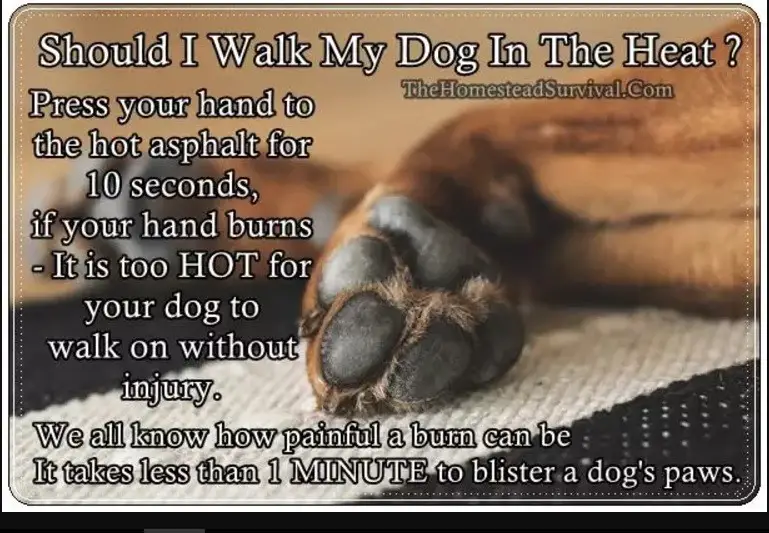Do Not Walk Dogs On Hot Burning Asphalt Pavement
When walking the dog in the hot sun, it also means walking them on hot asphalt, which is dangerous for their paws. Their pads do not give any protection from the heat when they walk and showcase their disliking by simply sitting on the grass or by excitingly coming back inside the house. It is the same discomfort humans have walking barefoot on the cement.


